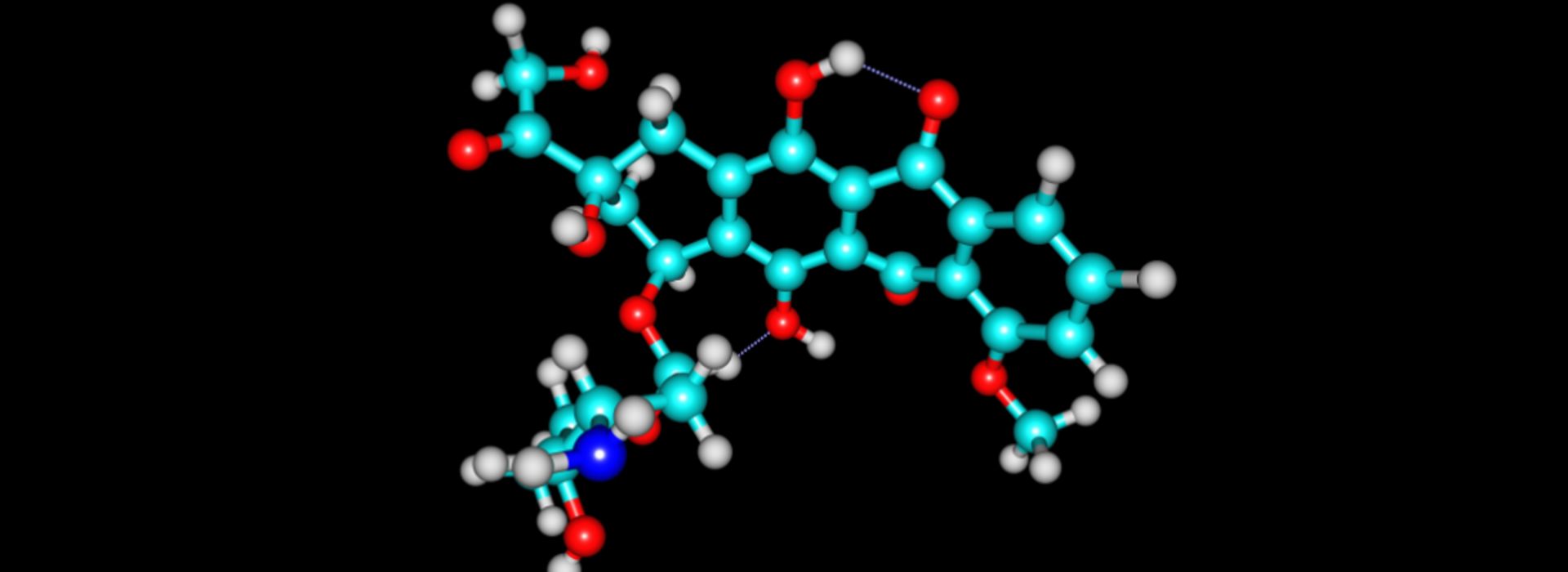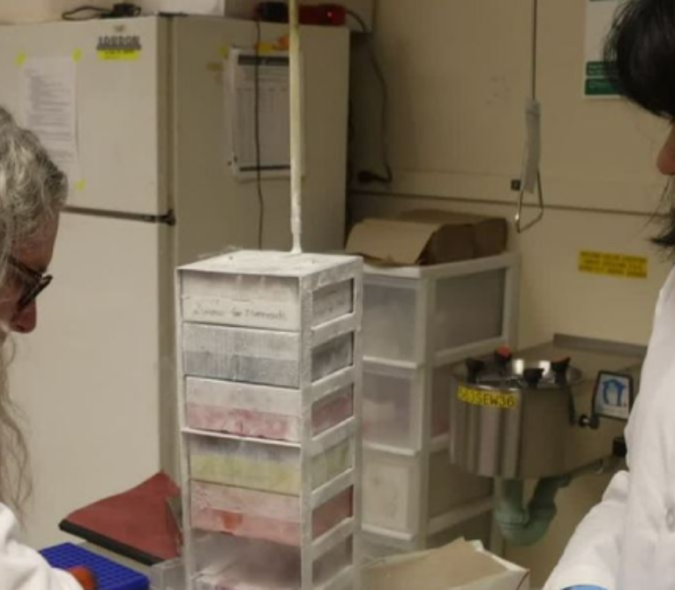
Faculty Members Identify Contributing Factors to the Long-term Risks of Doxorubicin Therapy
Doxorubicin is a commonly used anticancer drug, but its long-term use poses a significant risk to patients, particularly causing toxic damage to the heart. One common theory for how toxicity develops involves Doxorubicin damaging the cardiac tissue at the cellular level. During their studies, Drs. Kendra Nordgren and Kendall Wallace of Biomedical Sciences have identified a major cellular defense mechanism that was suppressed in the hearts of animals exposed to Doxorubicin. Additionally, they observed that damaged mitochondria in cells were unable to be removed and served as a potential source for further cellular damage. These studies and the corresponding publication in Cardiovascular Toxicology demonstrate that there are multiple contributing factors to the long-term risks of Doxorubicin therapy.
Nordgren KKS, Wallace KB. Disruption of the Keap1/Nrf2-Antioxidant Response System After Chronic Doxorubicin Exposure In Vivo [published online ahead of print, 2020 Jun 4]. Cardiovasc Toxicol. 2020;10.1007/s12012-020-09581-7. doi:10.1007/s12012-020-09581-7



